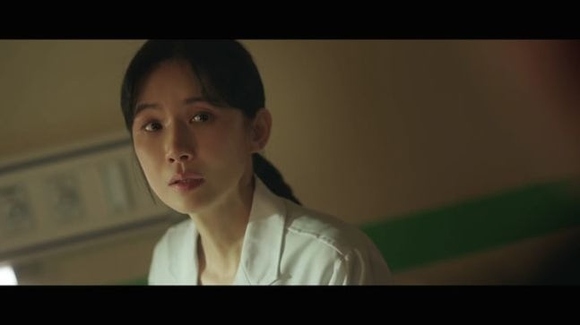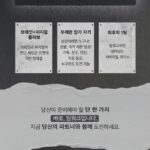An Unflinching Finale
The curtain has closed on MBC’s dark and daring K-drama Mary Kills People, leaving behind a swirl of moral debates and emotional stings. The controversial series ended on September 12, unpacking the harrowing subject of euthanasia—one slow, gut-wrenching choice at a time.
Where Do You Draw the Line?
At the heart of its finale were Woo Seo-jung (Lee Bo-young) and Choi Dae-hyun (Kang Ki-young), who, years after a closed illegal euthanasia case, found themselves once again staring into the same moral abyss. Meanwhile, detective Ban Ji-hoon (Lee Min-ki) showed a dramatic shift in his once black-and-white stance on death, as his personal ties blurred the lines.
The Patient Who Broke Everyone
The most devastating moment came from terminal cancer patient Kim Sun-joo (Kim Young-ok), whose unbearable pain led her to beg for a peaceful end. Her daughter, Young-eun (Kim Gook-hee), initially resisted—driven by love and debt—but ultimately agreed to honor her mother’s wish. Tragedy struck as she died trying to protect her mother, dramatically shifting the story’s emotional core.
Emotional Grenades and Gray Morality
In a heart-stopping final scene, Seo-jung stood over Sun-joo’s bed holding pentobarbital—the euthanasia drug—and whispered, “Please help me.” The show left viewers with no easy answers—just messy humanity and a lingering chill.
Breaking Ground, One Taboo at a Time
Mary Kills People dared to ask: Is assisting death compassion or a crime? By blurring the lines between mercy and murder, the drama forced viewers to sit with discomfort. It became more than a crime thriller—it was a societal probe wrapped in suspense.
Actors Redefining Their Careers
Lee Bo-young delivered a masterclass in portraying conviction colliding with compassion. Lee Min-ki brought emotional depth to Ban Ji-hoon, a detective torn between duty and empathy. And Kang Ki-young, in an unexpectedly solemn role, added warmth and humanity to the hopeless.
Behind the Curtain: Smart Writing and Confident Direction
Director Park Joon-woo and writer Lee Soo-ah didn’t shy away from hard choices, giving each scene weight without melodrama. The show combined mystery with moral complexity, creating a haunting hybrid of genre and message.
The Big Takeaway
This wasn’t just about how we die—it was about why we live. “In the end, we hoped this story would ask people: what kind of life is truly worth living?” the production team shared. If that was their mission, mission accomplished.























